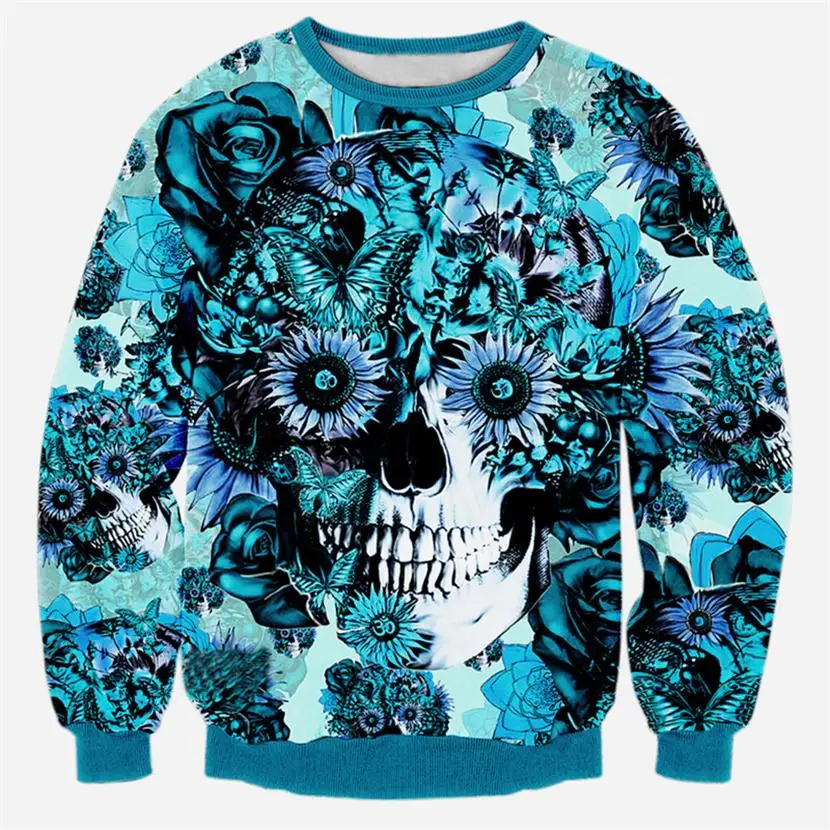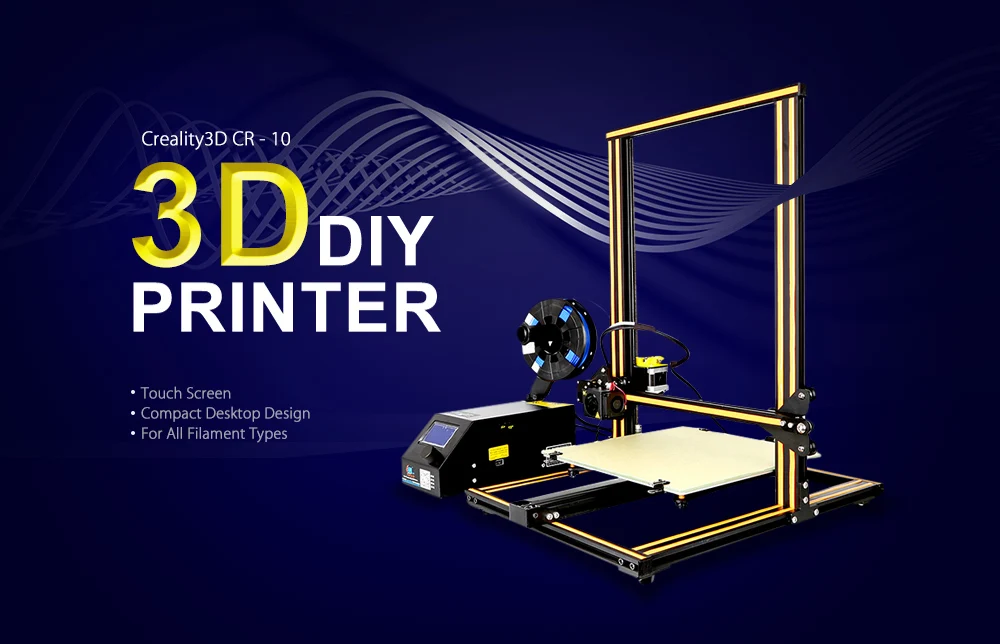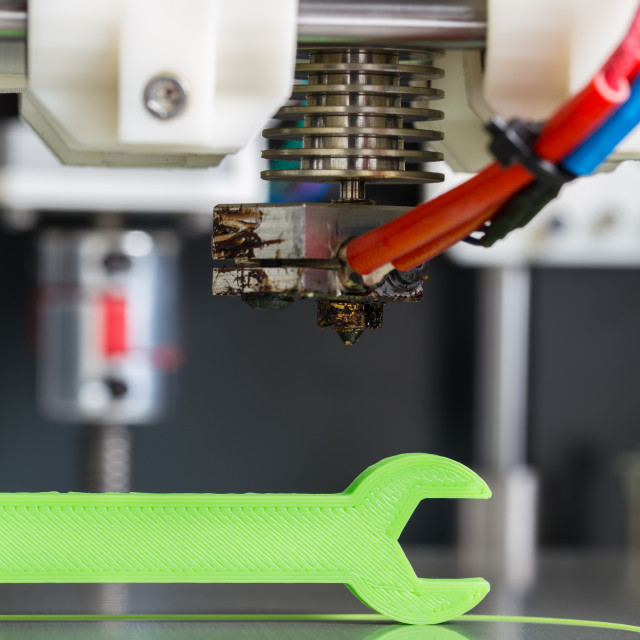3D printer nail polish
Use Nail Polish to Create Artistic Accents on your 3D Prints, Like These Dominoes - 3DPrint.com
Have you ever 3D printed something and then needed some extra color on your print job to make it look finished? Many people use Sharpies for this kind of accenting, but perhaps you should consider using fingernail polish for a job like this. The project featured here did just this. Nail polish was used to accent the 3D printed dominoes designed by “Hercanstein,” aka Brian Murphy. These dominoes were designed by Murphy using Solidworks Student version, then 3D printed and decorated by Desi Quintans. What you get as a result is a colorful and professional set of dominoes that will make you want to play the game immediately.
Quintans is a PhD candidate in Sydney, Australia who shares all kinds of projects and tips on his website. Back in January, Quintans began documenting the process of coloring white filament using Sharpies, essentially making homemade colored filament. So, as you can see, colored 3D printing is something that appears to preoccupy Quintans’ 3D printing experimentation. Next, on the same website, Quintans posts about using nail polish to help accent objects with recessed lettering or divots so you can see them better.
Using six different colors to mark the domino divots, Quintans states that nail polish works the best for a job like this because it is inexpensive, easy to find, durable, and it comes in many different glosses and finishes ranging from matte, swirled, glittery, and even thermochromatic (responding to heat). Another benefit of using nail polish is that it dries quickly. The nail polish set Quintans purchased for the job came with 16 different colors and a brush and pen to use for application. For the job of filling in small divots, the pen works very well because it allows so much precision. Quintans explains that a large dot of color was placed in each divot “so that it was beading above the surface of the domino, and it subsided into a thick coating along the surface of the domino.”
And that’s about all there is to it if you would like to try accenting 3D prints with nail polish.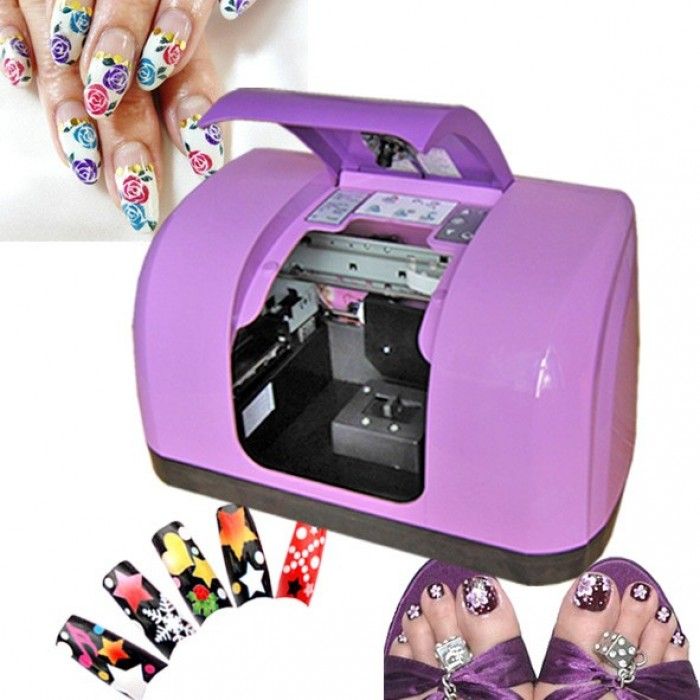 Quintans does leave us with some parting tips. Remember to mix your paint/polish before applying it. If you need to fill a channel with a color, then use a backwards and forwards scrubbing motion: “Place a dot, push it backwards. It helps get the paint into the corners and onto the sides of the channel.” Also, apply a thick layer of polish. It will shrink and coat the surface as it dries. Finally, keep in mind that polish may not work on ABS because of the polish’s solvents, so if you are planning to print with ABS filament and accent with nail polish, keep the possible damage factor in mind.
Quintans does leave us with some parting tips. Remember to mix your paint/polish before applying it. If you need to fill a channel with a color, then use a backwards and forwards scrubbing motion: “Place a dot, push it backwards. It helps get the paint into the corners and onto the sides of the channel.” Also, apply a thick layer of polish. It will shrink and coat the surface as it dries. Finally, keep in mind that polish may not work on ABS because of the polish’s solvents, so if you are planning to print with ABS filament and accent with nail polish, keep the possible damage factor in mind.
So now that you know how to paint with polish, I am sure you can find some print job that needs a colorful touch up. Happy Polishing! Are you going to try this? Tell us about it in the 3D Print Accents with Nail Polish forum over at 3DPB.com.
Stay up-to-date on all the latest news from the 3D printing industry and receive information and offers from third party vendors.
Tagged with: 3d printed dominoes • 3d printed games • Brian Murphy • colorizing 3D prints • Desi Quintans • nail polish accents • painting • thingiverse
Please enable JavaScript to view the comments powered by Disqus.
A robot painted my nails at Target for $10, offering a weird view of the future
CNN Business —
On a recent April afternoon I tossed a few things into a basket at Target — cereal, graham crackers, kids’ sunglasses — then sat down at the end of an aisle filled with beauty items, placed a hand into a box-like machine, and let a robot paint my fingernails.
Made by a company called Clockwork, the robot is stationed at a Target store in Walnut Creek, California. Customers first book and pay for their appointment online, then stick a hand inside the machine (which looks a lot like a printer) that pipes polish onto the nail, leaving no brush lines.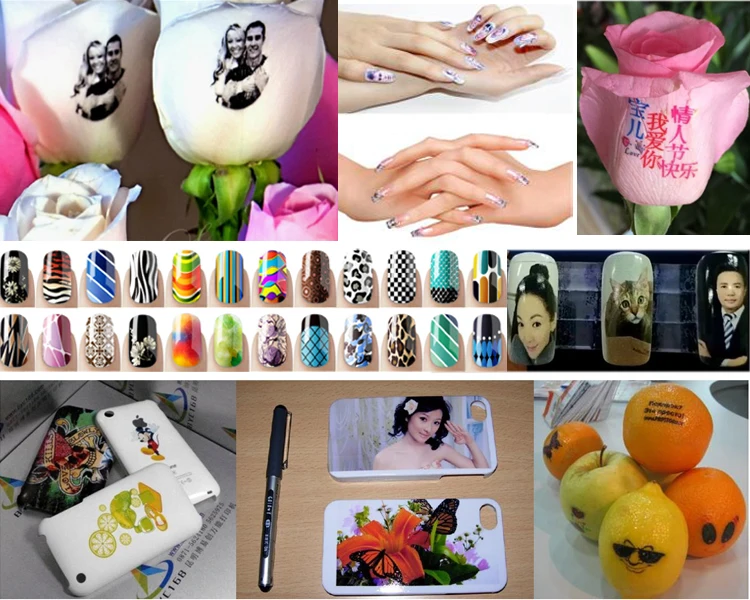 For now, at least, it’s not entirely on its own: A (human) attendant was present the two times I visited, helping explain the process and cleaning up any missteps by the machine, such as polish spillover or messy-looking edges.
For now, at least, it’s not entirely on its own: A (human) attendant was present the two times I visited, helping explain the process and cleaning up any missteps by the machine, such as polish spillover or messy-looking edges.
Clockwork's fingernail-painting robot takes pictures of each fingernail then pipes polish onto the nail, leaving no brush lines.
Jesse Meria/Courtesy Clockwork Clockwork robots were added to three Target stores (two in the San Francisco Bay Area, one in Target’s corporate home state of Minnesota), starting in February, as part of a small-scale test to see how shoppers take to this sort of on-the-go beauty service. Clockwork CEO and founder Renuka Apte said the machines will be added to three more Target stores in the Dallas-Fort Worth area on May 11. Fingernail painting costs $10 (though Clockwork is currently offering first-time customers $2 off), and is meant to take about 10 minutes or less.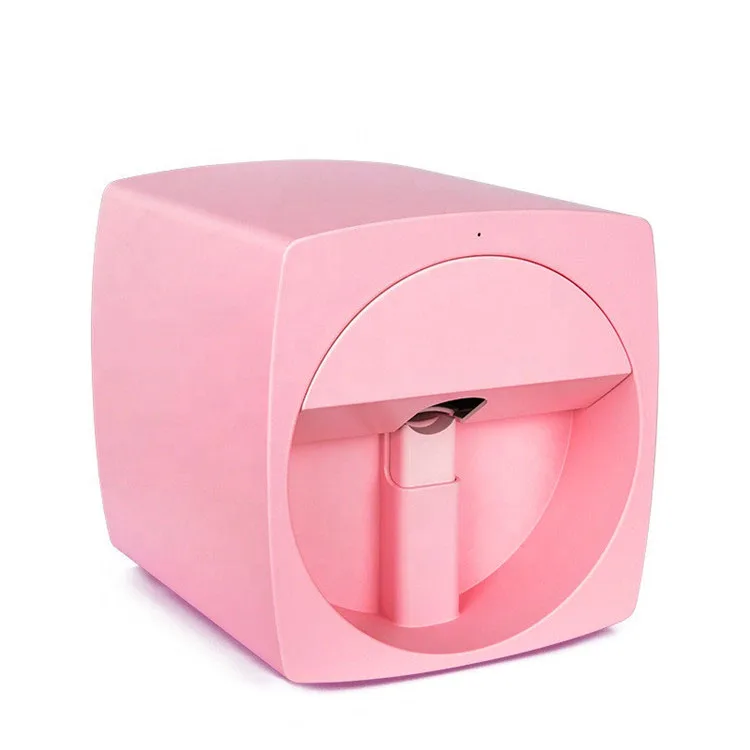
Robots have been common in commercial settings for a long time, but they mostly remain a novelty with consumers (you may have encountered the occasional French fry-making robot, barista robot, or delivery robot, to name a few). Clockwork’s machines are an attempt to make such robots more common in everyday life; they’re aimed at people who want something in between a sit-down manicure (which can be costly and time-consuming) and do-it-yourself nail painting (which, if you’re like me, can be extremely messy).
“I feel like most people who want to do beauty on a regular basis don’t always have time for it,” Apte told CNN Business.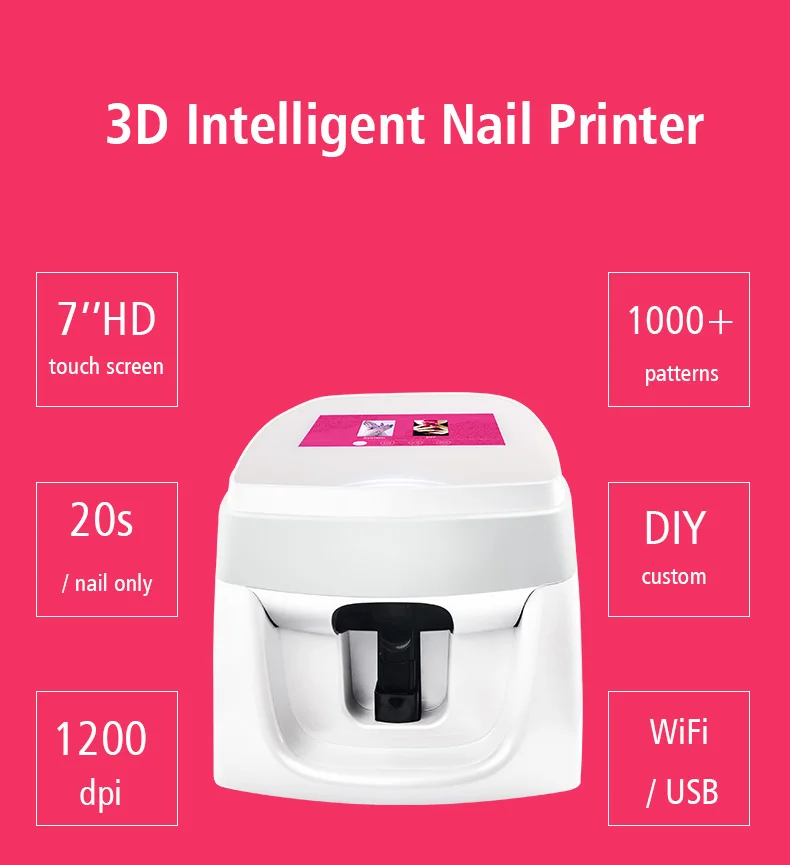
Apte said she came up with the idea for Clockwork, which she founded with Aaron Feldstein in 2018, in part to solve her own problem.
CNN Business Senior Tech writer Rachel Metz recently tested Clockwork's fingernail-painting robot at a local Target store.
Noah Brezel To paint your nails, Clockwork’s machines rely on cameras, data, and algorithms. You place a digit on a finger rest and slide it into the machine, where two cameras rapidly take about 100 pictures of the nail. Apte said those images are used to create a 3-D point cloud showing the shape of the nail, and this data is used to figure out where the edges of your nail are located.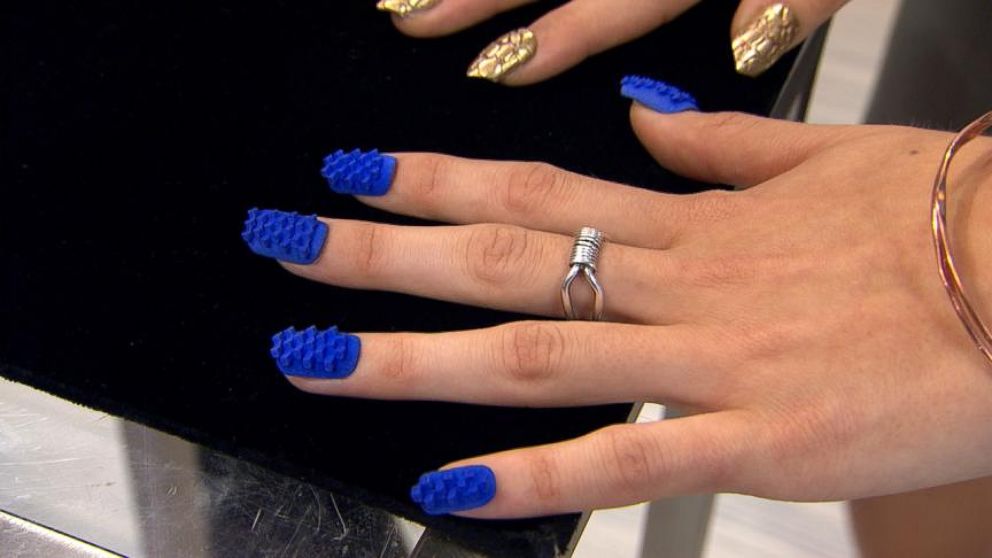 This information is then used by algorithms that figure out things such as how (and how fast) the machine’s polish-dispensing pipette should move to apply paint to your nail.
This information is then used by algorithms that figure out things such as how (and how fast) the machine’s polish-dispensing pipette should move to apply paint to your nail.
Clockwork also labels and adds these nail pictures to a dataset that’s used to improve the company’s nail-painting software.
It might not sound that complicated, but Apte said variations in the steepness of people’s nails — combined with the changing viscosity of nail polish, depending on how it’s applied — make it a challenging endeavor for a robot.
The machine uses a disposable pipette that draws polish from tiny, prefilled bottles; Apte said that she and Feldstein originally experimented with using brushes to apply polish, but eventually eschewed them for a host of reasons (brushes tend to harden and can harbor bacteria if they aren’t cleaned properly, for instance).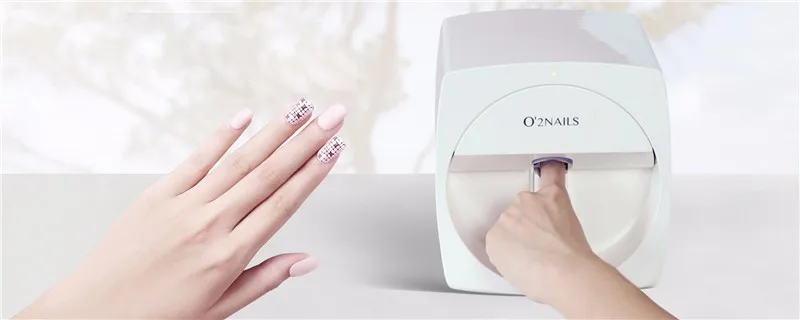
Kelsie Marian, a senior director analyst at Gartner who covers large retailers and the ways they use technology, noted that retailers have been experimenting with robots for years, especially for tasks like inventory management and price checking. As a result, consumers are becoming more comfortable seeing these sorts of things in stores. Additionally, Clockwork’s nail-painting experience is one more choice that retailers can give customers, she said.
“There’s an aspect here of, if I had the time to go in and sit down and have the full experience, I would do that, but I also want the option to very quickly go in and use something like that,” she said.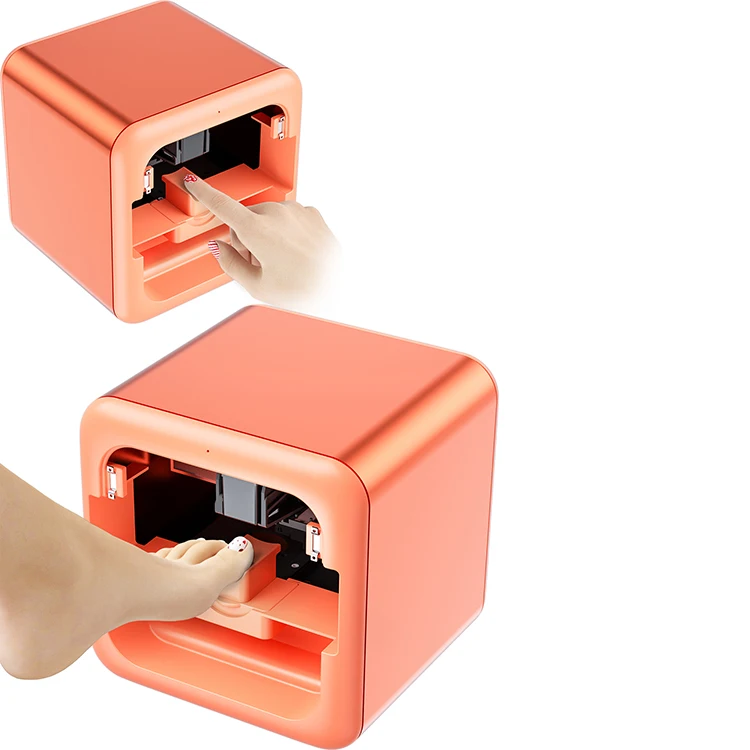
Similarly, Apte sees Clockwork not as a replacement for a traditional manicure, but as another beauty service.
“It’s kind of like adding fast-casual restaurants or vending machines in a world that only has sit-down restaurants,” she said.
Clockwork’s robots aren’t perfect: The first time I visited, the pipette that pushes out polish appeared to clog after painting a few nails, and several of my nails were painted so poorly around the edges that the machine’s attendant fixed them by hand.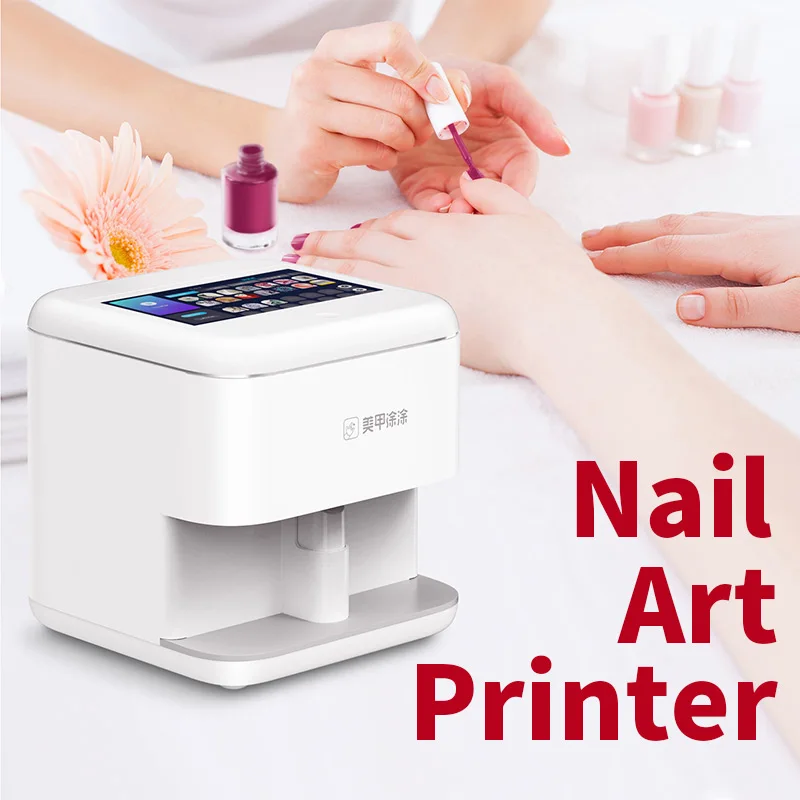 It took about 20 minutes to complete a coat in a honey-yellow hue, which is twice as long as the company’s goal.
It took about 20 minutes to complete a coat in a honey-yellow hue, which is twice as long as the company’s goal.
CNN Business Senior Tech writer Rachel Metz recently tested Clockwork's fingernail-painting robot at a local Target store.
Noah BrezelThey also can’t do anything more complicated than paint a coat of colored nail polish — if you want your nails filed, or a protective top coat applied to keep your polish from chipping, you’ll have to do it on your own. (Apte said top coats are coming “pretty soon” to Clockwork’s machines.)
Apte said most of the painting issues Clockwork sees are due to people moving a bit after the machines takes pictures but right before their nails are painted.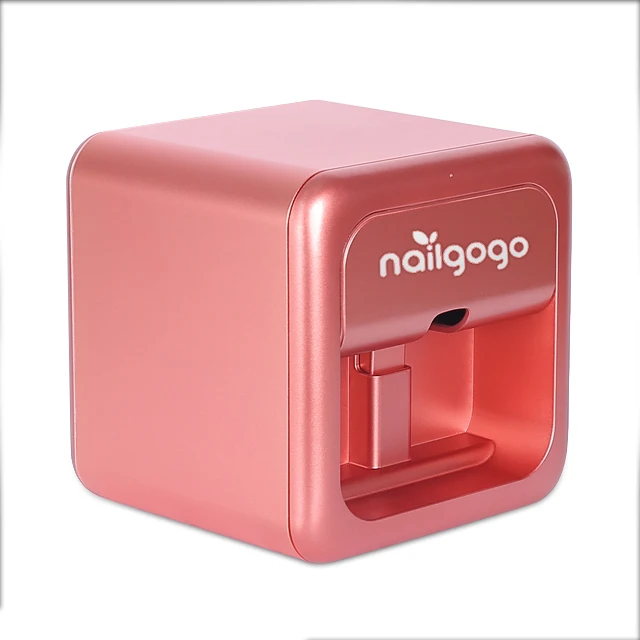 This may lead to problems like polish spillover.
This may lead to problems like polish spillover.
With this in mind, I decided to go back to Target for a second polishing a week after my first trip. This time, I held my hands as still as possible. Maybe it helped: the painting process went a lot faster overall, and my nails (this time bright red) required hardly any touch-ups.
Good idea from the comments... is it that good?
Miscellaneous
Subscribe to the author
Subscribe
Don't want
27
This article could have been called "British scientists using 3D printing made a breakthrough in the nail service", but it didn't work out. The material is actually old, but the hands did not reach for a long time, as they say.
It all started with a comment to one of my first noob articles:
Beautiful nails.
.. with a cool pattern... (c) pl32
That's where I got the idea to make a custom stamping plate. This is a technique of applying a pattern by transferring paint from an engraved image to a silicone pad, and from it to the nail. Or not on a nail, but on any other surface - there was just one model that such a painting technique would be very suitable for.
As I understand it, most of the inhabitants of this site are "in the tank", so I'll leave the video guide:
It turned out that your obedient servant has a crust about taking manicure courses, but he uses gel and other things exclusively in modeling. She was born a modeller, but never became a manicurist. Before buying an ender, to answer the question "do I need a 3D printer at all", I ordered printing from 3dtime.by (not advertising). The model, as usual, is from Tingivers.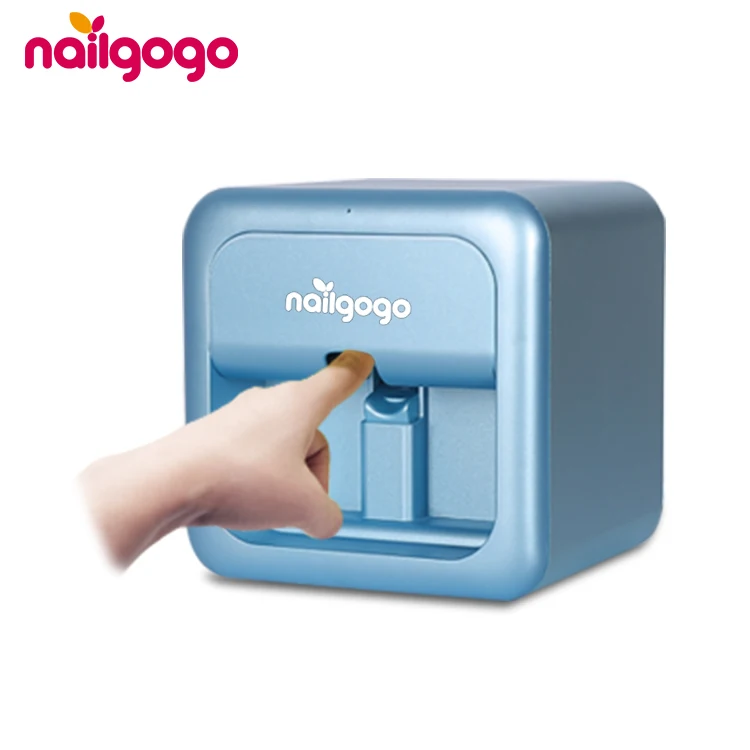 At 150% scale, most of the parts are made of ABS and some of the parts are made of photopolymer. There is not enough small logo, which you can draw:
At 150% scale, most of the parts are made of ABS and some of the parts are made of photopolymer. There is not enough small logo, which you can draw:
And then there's the idea #saw in the comments. I quickly sketched a prototype engraved plate in Tinkercad: https://www.tinkercad.com/things/4m4qwpFEvxF-copy-of-swanky-duup-uusam and sent it to the same studio where Wheatley typed. Printing on the ender with 0.2 and 0.3 mm nozzles was not successful, so the photopolymer. This little thing was made for me free of charge, having warned that it was very thin and would be printed on supports:
A few words about the materials: a special varnish for stamping is needed here. Ordinary nail polish will be too transparent, ordinary gel polish is collected on a stamp in droplets. I had black and white lying around, which I diluted for some reason, and it didn’t turn out very well. Pictures are funny, but the situation is sad:
Maybe it looks decent in the photo, but I lost count of how it happened.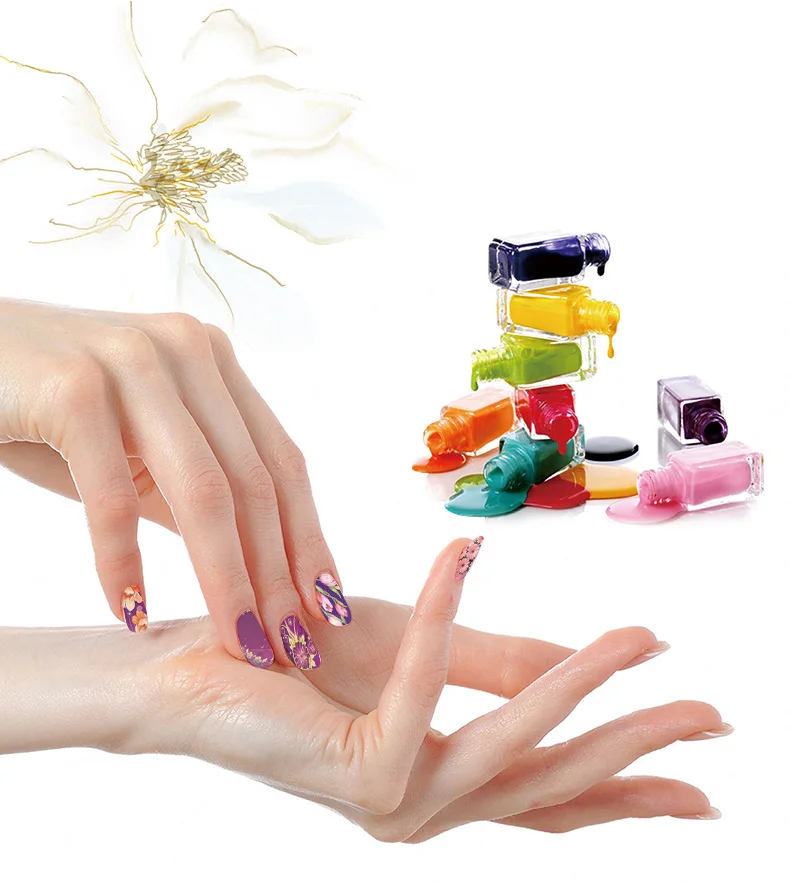 But no one has such a plate, that's a fact. We dig further - for the second time I made a plate with different engraving depths and with holes, I also bought additional varnishes and gels for stamping for tests.
But no one has such a plate, that's a fact. We dig further - for the second time I made a plate with different engraving depths and with holes, I also bought additional varnishes and gels for stamping for tests.
It is believed that deep engraving is good, but there was nothing to measure it on a good plate. Therefore, we will select the depth experimentally.
Orange and silver - special gels for stamping, dried in a UV lamp.
It seems that deep engraving is contraindicated for gel, it squishes and smears in a large volume, details swim.
Such rubbish turned out, not beautiful drawings in a second. If you still think it looks decent, here is a behind-the-scenes photo:
The execution didn’t end there - I went with a self-made plate from a manicure master (I’ve been doing my nails for 5 years, and after the courses I already go to the masters - that’s how evil joke of fate). It was around February. The drawing did not print as it should, I had to somehow save it with sparkles.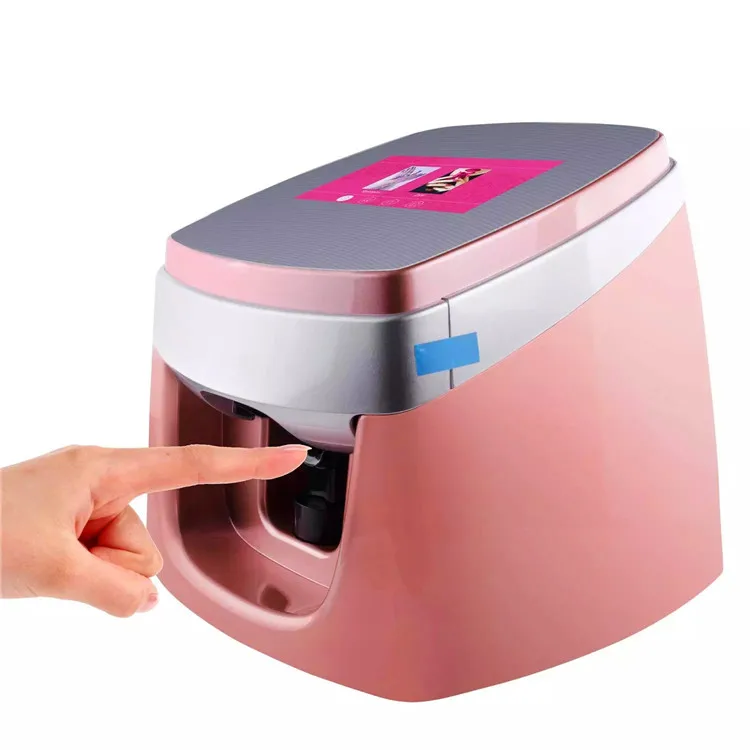 Suffered for a long time:
Suffered for a long time:
But if you remember why everything was started, this is what will come out:
This is such a strange experience of printing stamping plates. Such things can definitely be obtained by laser engraving on metal, but, having a photopolymer printer in the arsenal and an undemanding request for image quality, you can create a plate on demand. I don’t understand what exactly went wrong - either the plate itself is curved, or microroughness, or even adhesion to the plate material. nine0003
If you still decide to repeat, here are some tips for you:
- You need to work quickly, especially with varnish - it dries and does not imprint. The transparent stamps that have appeared on sale simplify the work, allowing you to accurately aim. I don't want to do advertising or anti-advertising again, but I didn't print my native stamp Shery Lacquer, I had to replace it with Swanky Stamping - sticky and soft from transparent silicone.
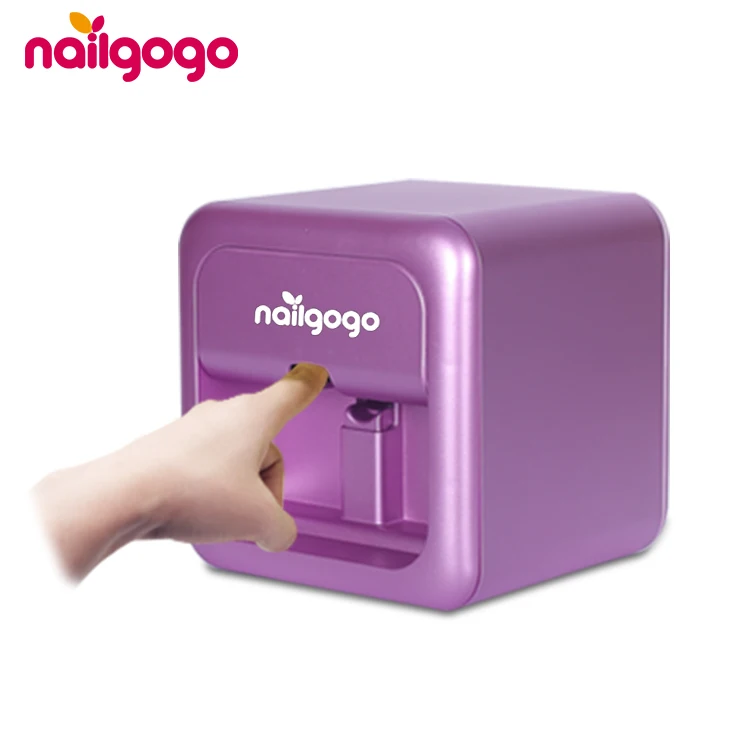 Do not use solvents for cleaning, only adhesive tape or sticky clothes rollers. nine0066
Do not use solvents for cleaning, only adhesive tape or sticky clothes rollers. nine0066 - The thinner the design lines, the deeper the engraving should be. A good varnish works on 0.15 mm, a special gel needs no more than 0.1 - it does not dry out and spreads, hence squelching and dirty marks.
- The plate must be cleaned immediately after use - the varnish is removed with a liquid based on ethyl acetate or acetone, the gel - with alcohol. The gel, in fact, is a kind of photopolymer, so I advise you to clean it straight away and in no case expose it to ultraviolet rays - there is a high risk of merging with the plate tightly. nine0066
Nail printer for children in the category "Beauty and Health"
DIY nail printer for drawing 6 plates Manicure machine
In stock in Kyiv
Delivery across Ukraine
517.6 — 579.7 hryvnia
3 from 2
682 UAH
579.70 UAH
Buy
DIY nail printer for drawing 6 plates Manicure machine
In stock in Kyiv
Delivery across Ukraine
700 UAH
525 UAH
Buy
Printer -Stamp for Nail Design, Stamping - Hollywood Nails
Delivery
750 UAH
Nail Printer Fullmate X12 Exhibitions Exhibition!
Delivery across Ukraine
32 603 UAH
Buy
Set of children's cosmetics nail polish (2 colors), lip gloss, shadow (6 colors), finger separator
In stock
Delivery across Ukraine
300 UAH
Buy
Children's nail clippers with Wee Baby handle
Delivery in Ukraine handbag (20214 С)
Delivery from Dnipro
760 UAH
Buy
Children's Cosmetics set 2 types of eyeshadows, lip gloss, lipstick, 4 nail polishes, cosmetic bag
In stock
Delivery in Ukraine
754 UAH
Buy
Children's set for Nail dryer
in warehouse
Delivery in Ukraine
877 UAH
9000 570.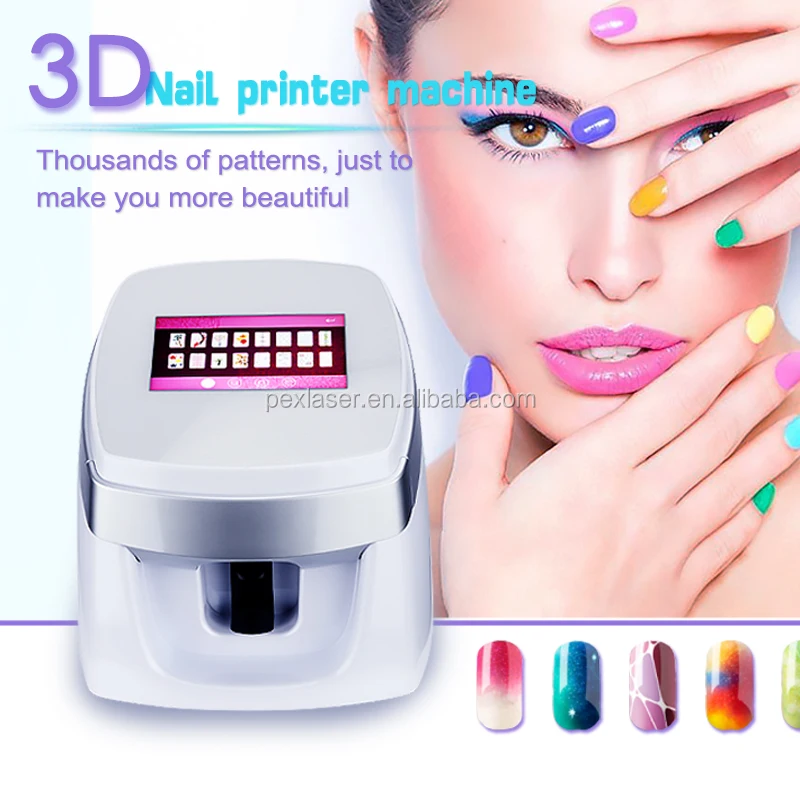


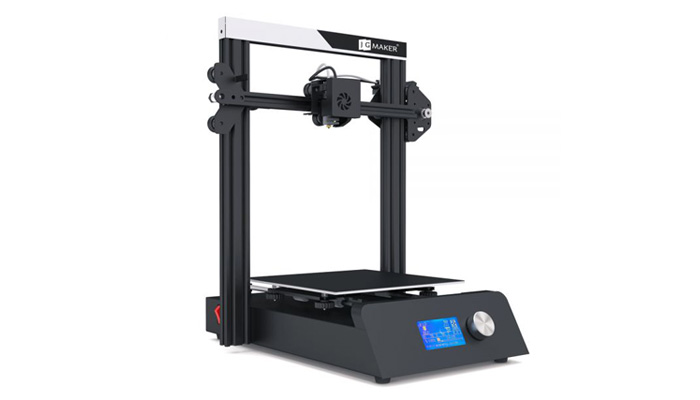


/cdn.vox-cdn.com/uploads/chorus_asset/file/24096810/AirBell_Shopify4_2048x.jpg)




